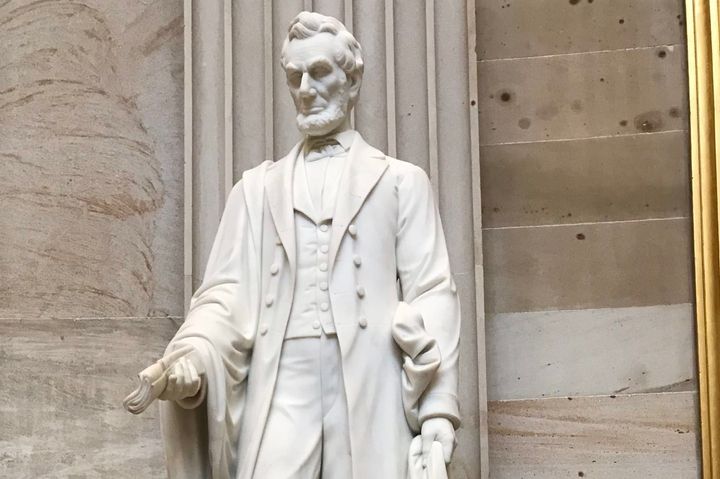While most of us enjoy the challenge of learning and growth, our need for certainty and stability informs our daily routines. The reason we sit at the same desk in school or the same chair for a weekly meeting is that it allows us to compartmentalize and shift our attention to more important matters. If during the weekly staff meeting, we were asked every five minutes to find a new chair, it would exhaust us. Our mental models are useful tools in an orderly world.
Similarly, we value certainty from our leaders. If they show up every day with the same values, leadership style, priorities, and messages, employees can focus on doing their work and serving customers. If the leader is more temperamental, spends time second-guessing his decisions, reacts to every piece of news coming from the board, and continually shifts priorities, it is difficult for others to focus on anything else but him. Over time, continued waffling, shifting, and surprise exhausts the team. Work may occur in fits and starts, but it will be haphazardly done and subject to frequent criticism by the drifting boss.
Teams in stable environments adapt to these uncertainties by creating workarounds and hacks to combat an unpredictable leader. The wasted effort becomes a transparent and natural part of the process of serving customers. However, the workarounds are not readily scalable, and if the environment becomes volatile and uncertain due, for example, to a new product launch, quality issue, financial crisis, or pending acquisition, the system breaks down exactly when high performance is most needed.
Providing our teams with certainty isn’t everything, but it clears a path to creativity, innovation, and resilience in uncertain times.
Some strategies to build team certainty
Create certainty to prepare for volatility. Volatility will show up without help. Being linked and aligned across the team frees up the mindshare and energy to focus on a collective, measured response. Action: To the extent your leadership habits set a standard of certainty for the team, it increases your impact during the routine work and becomes a beacon of confidence when the volatility shows up. An unexpected event can turn calm into chaos if people are distracted by noise. Make sure you aren’t a noisemaker.
Communicate. The ability to be clear when clarity is required is an important habit to develop. Action: Explain why the priorities are essential to the organization. Then provide a clear-eyed view to help employees move toward the goals with minimal confusion. Continuously repeat the message to improve their understanding and acceptance of the initiative.
Demonstrate constancy of purpose. Clarity is vital and sticking with the priorities long enough to make progress equally so. Nothing undermines a team’s morale and performance more profoundly than a leader changing his mind three weeks into a project. Action: Collect the data, run the models, conduct a sprint, and then double down on the messaging and the resources required to help the team deliver.
Solicit feedback. We sometimes fall short of personal standards, are distracted by events or bosses, and lose sight of our priorities. Action: Engage with a trusted peer or team member and ask them to provide you with honest feedback on your messages. Give them explicit permission to point out, privately, where your message may have gone astray. Ask them to come to you if they observe team confusion and then return to the team to reiterate your words and check for understanding.
Acknowledge contributions. A powerful way to provide certainty to another person is to acknowledge their contributions to the team. Action: If this is an infrequent behavior today, set a goal of thanking one person each week for their efforts. Once you start this practice, it quickly becomes more comfortable and frequent. This acknowledgment can be a quiet word to someone or a more public display. Take the time to get to know your people and their threshold for recognition. It is hard to go wrong with a private word, but a public display may have the unintended consequence of embarrassment.
Remove performance obstacles. This is a vital leadership role in any project competing for attention and resources. Action: The previous tools of communicating and soliciting feedback will help a leader uncover performance obstacles standing in the way of progress. Once identified, the leader must address and eliminate the cause of the barriers.
Takeaway: We create uncertainty for our people when we aren’t decisive, frequently change our minds, don’t stand up for our beliefs, don’t listen, don’t praise, and don’t encourage feedback. There are many things in our organizations we can’t control, but our behaviors aren’t one of them. Take the time to evaluate how you may be contributing to uncertainty and decide to make the changes necessary to prepare yourself and your team to arrive at the next challenge rested and ready.


